One of the foremost researchers in kangaroo mother care, Dr Gene Cranston Anderson of Case Western Reserve University, became aware of the research in Bogota and undertook her own studies and kangaroo mother care research in the United States of America. The concept that the mother’s body is the ideal ecological habitat or niche habitat for the baby was incorporated into kangaroo care through research summarized by Dr Anderson (1991). It became evident 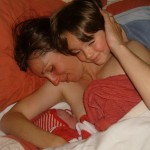
In 2004, Dr Nils Bergman published his groundbreaking KMC study comparing skin-to-skin contact from birth versus incubator care for premature infants in the 1200gm-2199gm weight range. The infants on skin-to-skin care showed better physiological stabilisation than the babies in incubator care. The father should not be excluded from skin-to-skin kangaroo mother care as infants stabilise as well on their father’s chest as they do on their mothers chest (Erlandsson, 2007).
This study was followed by another study which subsequently investigated the development of these infants 18 months later to determine the long term benefits of early kangaroo mother care (Bigelow, 2010). It was found that a higher level of maternal sensitivity presented with mothers of infants who had been placed skin-to-skin from birth and that early skin to skin care predicts maternal sensitivity towards her growing infant. Skin-to-skin care facilitates a mothers’ ability to recognise and become familiar and therefore more responsive to her infant’s cues, and she engages in more frequent and more positive mother-infant communication. Positive mother-infant interaction in infancy predicts secure attachment in the preschool years. Secure attachment in children, in turn, leads to better peer relations, self-esteem, resiliency, and eventually, better parenting skills.
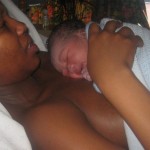
The second step is to ensure skin-to-skin contact between infant and parent from birth, This elicits the release of hormones and neurochemicals that enhance communication and bonding between infant and parent. In other words, fathers and babies release oxytocin and endorphins when the infant is placed onto their chest skin-to-skin and this can prime the baby for self-latching behaviour while the mother is unavailable, for instance, while still in the operating room after a caesarian section. The infant and especially the premature infant needs to be placed in a prone position on the mother’s chest, with the neck tilted slightly back to facilitate breathing. A boob tube around the dyad helps to support the baby’s back and keeps the outer surface of the back warm.
The third prerequisite for good kangaroo mother care is unrestricted access to breastfeeding. There are no time schedules here. The stomach capacity of a newborn and especially a premature newborn is very small and breastmilk is digested quickly, so the infant needs to have access to frequent feeding episodes and therefore nourishment. A premature baby, with intravenous drips in situ or who is not able to suckle yet and has a gastric feeding tube in position, can still be placed in the kangaroo mother care position for stabilisation.
Kangaroo Mother care works best when the mother straps the infant skin to skin onto her chest with a specially designed shirt which holds the baby in position. She can then wear ordinary clothes over the top and resume her activities. In Bogota, Colombia, where the first research on KMC was conducted, mothers are discharged with their small infants strapped in the KMC position. They are taught how to care for their infants, continue their normal lives, and return to the KMC clinic daily for weight checks until the infant has reached the target weight. Fathers can also take turns to do KMC and infants respond well when close to their fathers.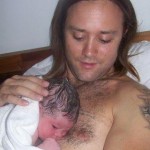
When the infant is kept in the KMC position, there is a wonderful effect, which occurs between mother and infant, called thermal synchrony. If the infant’s temperature rises above the normal level, the mother’s temperature will drop and if the infant’s temperature drops, the mother’s temperature will rise (Field: 1995:40). This maternal response to the infant’s temperature helps to stabilize the infant’s own temperature regulating mechanism. The heart and breathing rates are also more regular and the infant shows adequate oxygenation levels. Animal studies have shown that skin to skin contact stimulates the secretion of growth hormone and the infant grows better than an infant separated from her mother (Evoniuk: 1979). The mother produces more milk for the infant and the infant cries less. This conserves energy and thus promotes growth of the infant (Anderson: 1984; Ludington: 1990).
Premature labour is often an unexpected occurrence for the mother and her infant may be taken to an infant high care or intensive care unit soon after birth. The premature infant may be physiologically stressed by being separated from her mother in ways that compromise immediate postnatal adaptation and later development. Maternal-infant separation may be physically and emotionally traumatic, leading to possible attachment difficulties, yet this can be remedied by Kangaroo mother care and there are different ways of doing this:
1) Late Kangaroo Mother Care
A premature infant who needs resuscitating after birth or is ill may not be able to do kangaroo mother care from birth and can begin what we call late KMC when he is stabilized and breathing room air. Mothers visit their babies daily in the nursery and may hold the baby in kangaroo mother care position as soon as he is stable. This prepares the mother to care for her infant at home and skin to skin contact at this point can elicit positive attachment behaviour from the infant.
2) Intermediate Kangaroo Mother Care
When an infant needs incubator care or oxygen and is too weak to be moved permanently to room air, or to suckle at the breast, the mother may place the infant in kangaroo mother care for short periods of time. This stimulates the mother’s milk production and habituates the infant to her mother’s smell and tactile surface, promoting growth and recovery.
3) Early Kangaroo Mother Care
Healthy premature infants who are obviously stable soon after birth can begin KMC during the first day or even within the first few hours after birth.
The infant, usually at term, is returned to the mother within one minute after birth and the mother may even help to lift the infant onto her skin. This is the best place for a newborn baby to be and even with very small healthy preterm infants this method has shown to be successful. Babies stabilise well when placed skin-to-skin on their mother’s chests after birth and gives both mother and baby the chance to recover from what may have been a tiring process. This is where the hormones and neurochemicals kick in, and hormones such as adrenalin are released during and just after birth to promote alertness and adaptation to the new environment. The mother also becomes alert and highly aware of her newborn, reponding to his cues.
The benefits of kangaroo mother care and early skin-to-skin contact from birth for mother, father and infant are immense and deserve to be implemented by every midwife and every doctor or obstetrician in every birthing and neonatal facility in the world.
The next instalment will investigate and elucidate the brain development of the unborn infant during pregnancy and birth, the newborn after birth and the early childhood years and how kangaroo mother care may influence brain development.
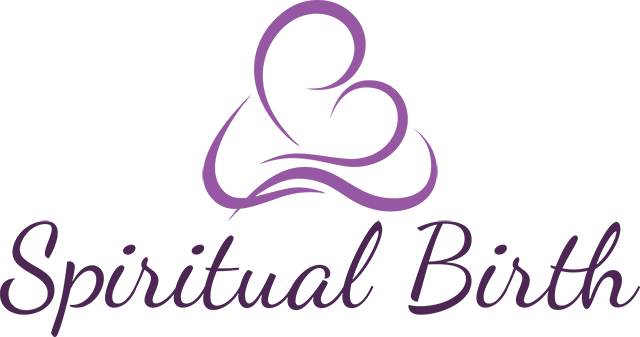
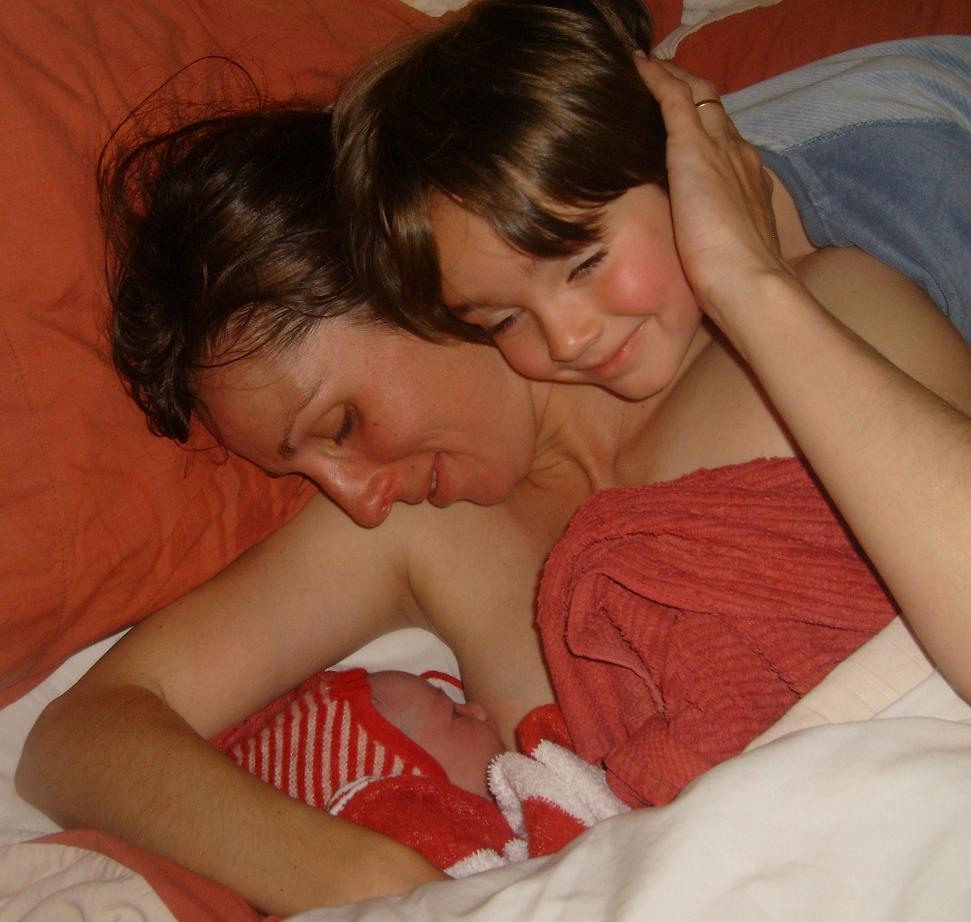


this method is so wonderful and very cheap to afford especially in rural areas where there is little or no special way of improving their pre term life span. i think kmc should be included during the ante natal health talk.
Thank you for this comment. We do need teachers to go around the country teaching mothers in the rural areas about KMC and other natural and safe interventions!
KMC is an amazing story. It has profound benefits that we as a society have to lesser and greater degress, dependant upon the culture, have lost. We need to encourage and advocate for the return to “native closeness” that we witnessed in our ancestoral societies. There is no more natural environment for a newborn than with their Mom
Yes, they are taught in some medical schools, but not comprehensively enough I think. Thank you Frederique for your comment and support. Every little bit of information counts, that is why I blog a little!
These findings should be taught in medical school ! Birth is such an important event in life that it ought to be respected and considered a pivotal experience !